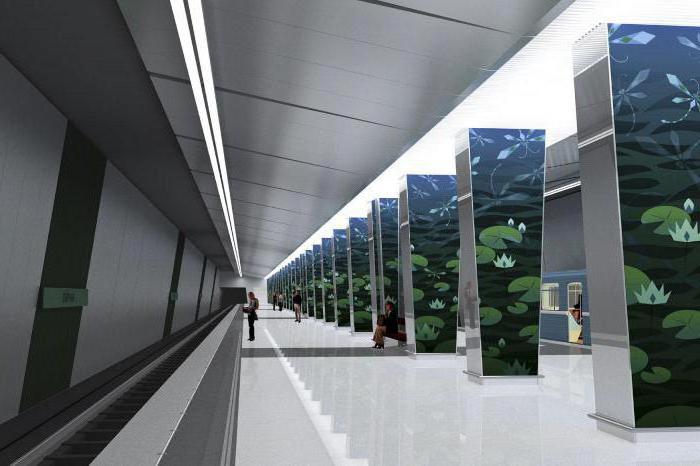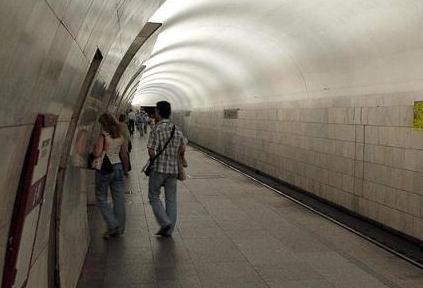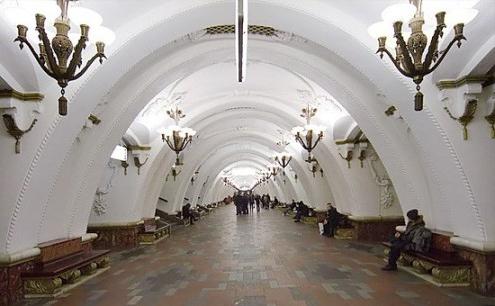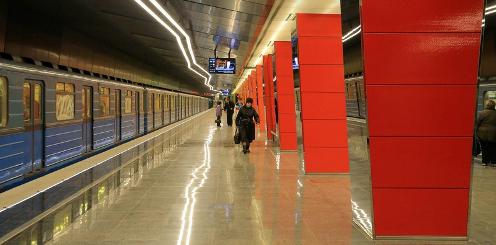Kropotkinskaya metro station: attractions
The metro station "Kropotkinskaya" is one of the oldest in the Moscow metro. It was opened in 1935. Pavilions of the Moscow metro, built in the pre-war time, resemble a museum. On tSuch stations can be seen sculptures, variousdecorative elements. They are real works of art of architecture and are, along with historical monuments located on the surface of the city, part of the cultural heritage of the Soviet people. The metro station "Kropotkinskaya" was created according to the project, which was noted at exhibitions in Brussels and Paris.

Architectural features
The metro station "Kropotkinskaya" is designed instyle of Stalin's Empire style, which is characterized by monumentality, the presence of elements of baroque and late classicism. Greatness is attached to the lamps located in the capitals of the tall columns. But for its long history the metro station "Kropotkinskaya", of course, changed its appearance a little. At first the walls were decorated with faience tiles. Then the Urals marble changed it. The floor of the pavilion today is covered with granite slabs of red and gray colors. But before the end of the 50's, the flooring was asphalt. "Kropotkinskaya" refers to small stations (only 13 meters from the surface).

History
Changed not only the appearance, but the name of the stationmetro station "Kropotkinskaya". How many exits are there? Two. And one of them goes to the Cathedral of Christ the Savior. In 1931, the old building was demolished, and in its place, according to the plan of the city atheists, the erection of the Palace of Soviets was to begin. This building could become a grandiose monument of the Soviet era. But that did not happen. The war began. And the station "Kropotkinskaya" for more than ten years was called the "Palace of Soviets" in honor of the building, which the Muscovites were not to see.
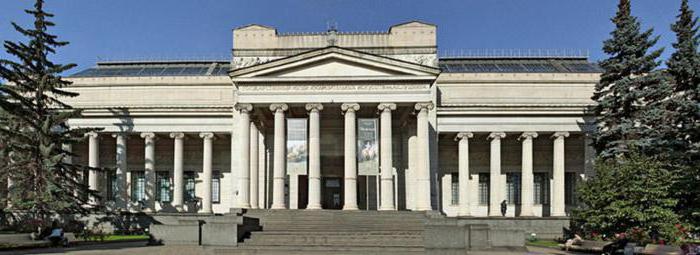
Pool "Moscow"
After the war, many more years next to this stationyou could see the pit. The construction of the "Palace of Soviets" for a number of reasons decided not to resume. But what to do with the excavation? In its place built a swimming pool, which became the largest in Moscow. It existed until 1994. And it was called - "Moscow".
The pool was open even in winter. The temperature of the water was maintained by means of an artificial heating. It is easy to imagine what evaporation was over the pool, especially in the winter months. This was particularly displeased workers of the Pushkin Museum, which will be discussed below. And in the early nineties, when atheists were replaced by true believers, they decided to remove the pool, and in its place to build a church.
Pushkin Museum
This cultural and historical complex includes five buildings. The museum was opened more than a hundred years ago on the initiative of art critic Ivan Tsvetaeva.
The museum's collection includes works byantiquity until the 20th century. Particular pride of the museum are the works of French expressionists. Among the paintings of the painters of the twentieth century - the works of Renoir, Monet, Degas, Van Gogh. Most of these works were confiscated from the rich merchants Morozov and Shchukin in the 1920s.
Close to what other attractionsis the metro station "Kropotkinskaya"? Photo of the Cathedral of Christ the Savior is presented below. It is worth briefly telling the story of this building and the structure, which was once located on the site of the open pool "Moscow".

History of the temple
It was opened in memory of those killed in 1812Russian soldiers. The construction was completed fifty years after the end of the Patriotic War. In this temple for fifty years, coronations and other solemn events were held. With the advent of the new power the temple was closed and then blown up. The further history is stated above. One need only add that the construction of the new church was completed in 2002, and today it is one of the main attractions located in the vicinity of the station Kropotkinskaya. </ span </ p>
